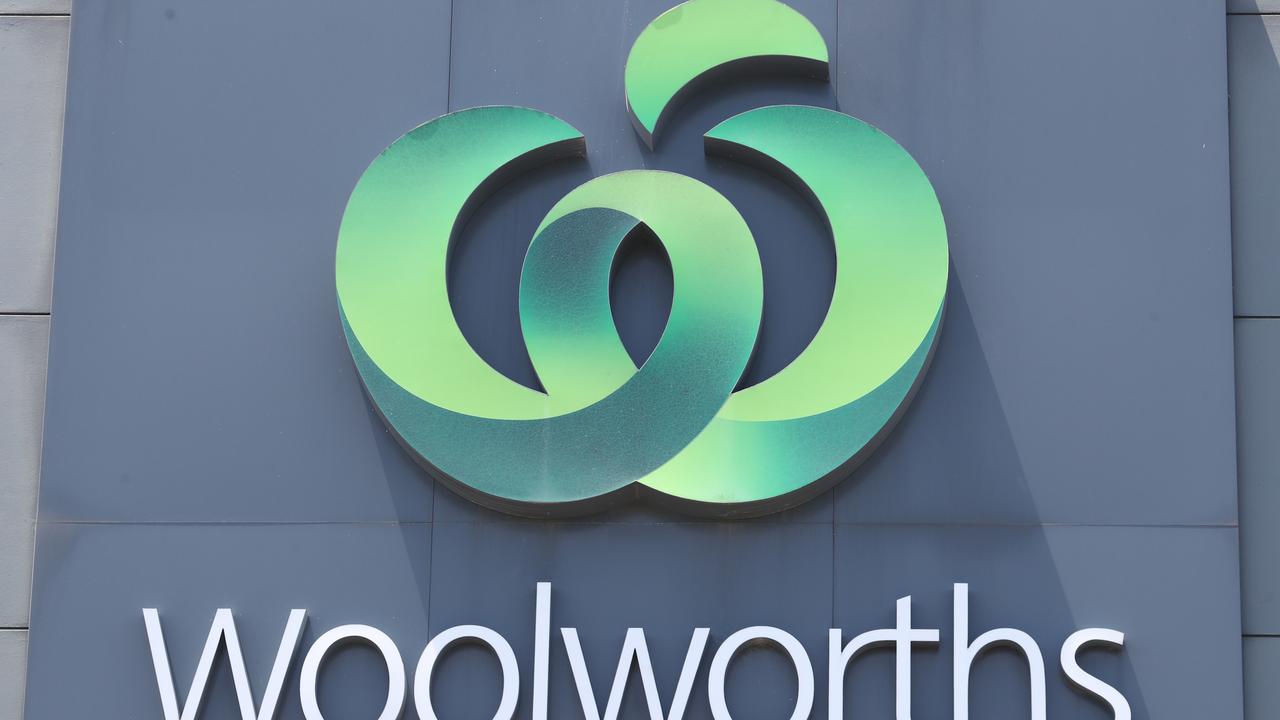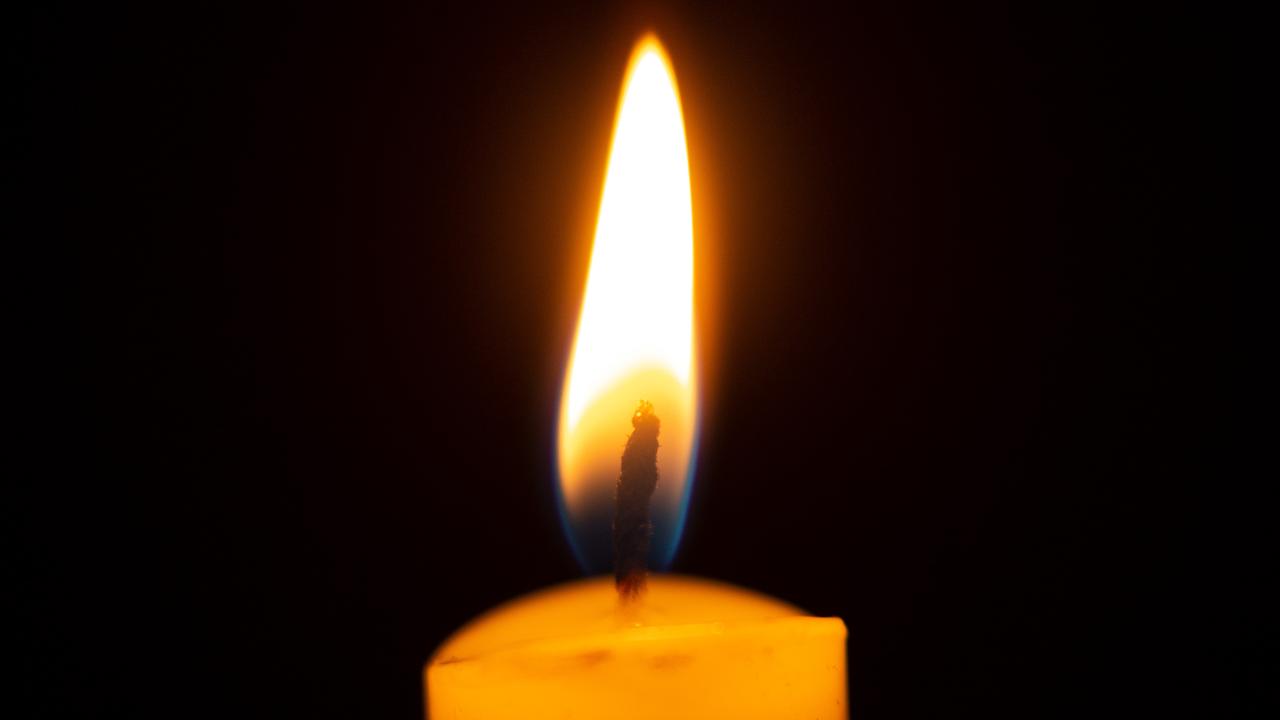Saturday Soapbox: Tassie makes the ultimate sacrifice
TASMANIA has a long and proud history of brave soldiers willing to put their lives on the line for their country, writes Guy Barnett.

ANZAC Centenary
Don't miss out on the headlines from ANZAC Centenary. Followed categories will be added to My News.
JUST over 100 years ago, at 11pm on August 4, 1914, Britain declared war on Germany, marking the start of what later became known as the Great War.
Months of ineffectual diplomacy following the assassination of Archduke Franz Ferdinand, heir to the Austro-Hungarian Empire, on June 28, 1914, had failed and the simmering tensions in Europe finally exploded.
Britain’s declaration also brought Australia into the war, with Prime Minister Andrew Fisher proudly declaring that Australia would support Britain to “the last man and the last shilling”.
The declaration of war was greeted in Australia, as in many places, with jubilation.
Thousands of Australians enlisted with, ultimately, more than 416,000 serving during the four-year conflict from a population of only five million at the time.
Tasmanians were also swept up in the spirit of the times, with 15,485 volunteering to serve their nation.
In fact, the first Australian to enlist after the declaration of war on August 4, 1914, was a Tasmanian, Captain Keith Heritage.
Born and raised at Longford, Captain Heritage served in Australia’s first military operation of the war in German New Guinea, before fighting in Gallipoli and then on the Western Front in France.
He was eventually killed by shrapnel in 1916 at Pozieres – a place described as being “more densely sown with Australian sacrifice than any other place on Earth”.
On August 4, 2014, Captain Heritage was honoured, with his story told at the national service commemorating the declaration of the Great War in Canberra – a fitting honour for a fine man.
During the conflict, Tasmanians such as Keith Heritage would serve with distinction around the globe, making little-known places such as Gallipoli, Villers-Bretonneux and Beersheba famous in Australian history.
In fact, Tasmanians were involved in one of the very first Australian acts of the Great War.
Within days of war being declared, a party of naval reservists was dispatched from Hobart in two motor cars to detain a German ship, the Oberhausen, loading timber at Port Huon.
The vessel was captured, later renamed and commandeered for use as a cargo carrier for the rest of the war.
Tasmanians were also at the forefront in leaving for overseas service, with the first troop ships leaving Hobart’s Ocean Pier on October 20, 1914.
Tasmanians, then as now, served with bravery, continuing a record of courage that started during the Boer War and continues today in places such as Afghanistan and Iraq.
In fact, of the 100 Victoria Crosses won by Australians since the medal’s inception, 14 have been awarded to Tasmanians – a tremendous record and one of which the state can be proud.
The man often described as the “most decorated infantry soldier of the British Empire during the First World War’’, Lieutenant Colonel Harry Murray, VC, was also a Tasmanian, born and raised in our very own Evandale.
While the stories of courage and service they created are inspiring, the cost to Australia during the Great War was devastating.
The flower of a generation was lost, with more than 60,000 killed and 156,000 wounded, gassed or captured.
Two-thirds of those who served overseas were killed or wounded – a casualty rate of 65 per cent, one of the highest of any nation in the war.
Tasmania also suffered, with 2432 servicemen losing their lives during the war.
Today our landscape and towns are dotted with memorials and plaques commemorating the service and sacrifice of these men and women.
With the centenary of Anzac period having started, it is fitting that the Tasmanian Government stands with the community in commemorating this important national event.
A keynote of this commemoration will be the construction of a Flame of Remembrance at the Hobart Cenotaph.
Secured with the support of the Federal Government, State Government and the RSL, the Flame will provide Tasmanians with an appropriate place of reflection in the decades to come.
The Flame is planned to be completed by Anzac Day this year – the 100th anniversary of the original Gallipoli landings.
I can think of no more fitting time or occasion for this important place of remembrance and reflection to be unveiled.
The Anzac spirit of courage, service and sacrifice is a key thread in our national narrative.
These words of the famous Australian World War I correspondent Charles Bean are now inscribed at the Australian War Memorial in Canberra: “Here is their spirit, in the heart of the land they loved; and here we guard the record which they themselves made.”
These thoughts ring true for every Anzac memorial and commemoration across Tasmania and Australia.
Over this commemorative period, I encourage the community to reflect upon the price of freedom and give thanks for those prepared to pay it on our behalf.

ABOUT THE AUTHOR
Guy Barnett is a Liberal MP for Lyons. He is also Parliamentary Secretary to the Premier, and has responsibility for supporting Tasmania’s veterans and ex-serving community.
Originally published as Saturday Soapbox: Tassie makes the ultimate sacrifice


